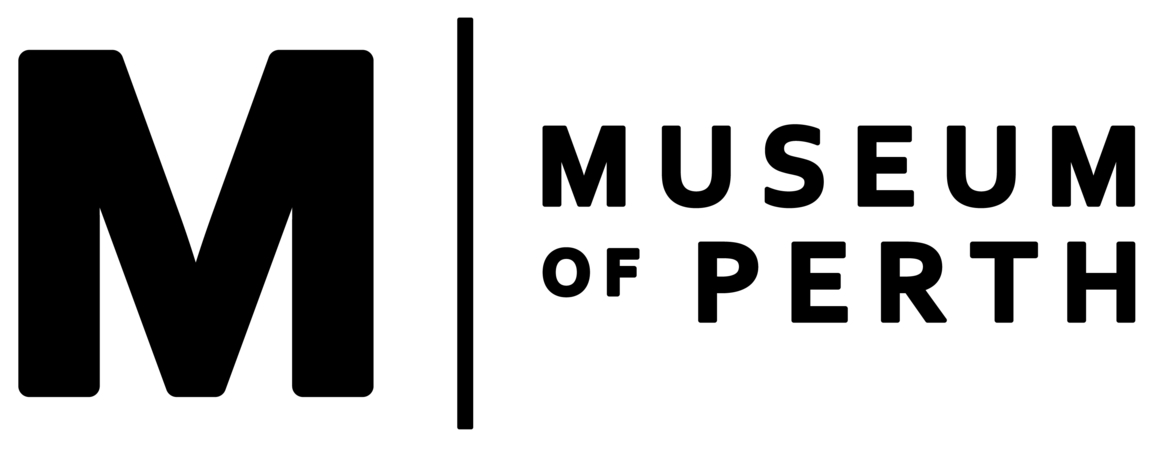Boojoormelup
Boo’joormeup / Boojoormeup
Description & Location
The name given to a large swamp that once existed between present-day Palmerston and Lake Streets, Northbridge. This was a seasonal swamp that filled up with winter rains and dried out in summer, therefore varying in size.
Boojoormelup was one of the many swamps that existed north of Perth. For Noongar people, the swamps were places of plenitude, providing food (such as water birds, frogs, freshwater crayfish, turtles and plant foods), meeting places, shelter and familiar hunting grounds, and the interconnectedness of the swamp system meant that the area was part of an annual circuit of camping places.
Large melaleuca trees, moodjar (Christmas tree) and mungite (banksia) grew in the Boojoormelup area. The mungite was highly valued for its sweet honey nectar and would have attracted numerous insectivorous birds and arboreal marsupials, such as parrots and possums. The melaleuca was used to make bandages, food wraps and temporary shelters.
In the early days of European contact, the swamp was renamed Henderson Lake, and, like many of the swamps and lakes north of Perth, became an important refuge and campsite for the many Noongar people who had been dispossessed.
In 1850, The Perth Gazette reported a ceremonial gathering of around 300 Aboriginal people at Lake Henderson on the edge of the town:
“On Friday evening a grand corroboree was held at Anderson’s Lake [sic], at the back of the town, by upwards of 300 natives, belonging to the tribes inhabiting the country for a circuit of 200 miles from Perth”
(Inquirer, 23 January 1850)
In 1852, the swamp was drained, and the land leased to Chinese market gardeners. It was then reclaimed by the City of Perth and converted to parks and reserves, including Robertson Park and the nearby Dorrien Gardens soccer ground.
References
Bates, D. Manuscript 365/4/175, Notebook 20, p. 58.
Bates, D. Manuscript 365/97/582.
Claisebrook Catchment Group. (2015). Robertson Park Wetland. Retrieved from http://www.cbcg.org.au/projects_robertson.html.
City of Vincent. (n.d). A brief History of the Suburb Perth. Retrieved from https://www.vincent.wa.gov.au/Profiles/vincent/Assets/ClientData/Documents/Develop_Build/Heritage_Places/VIN001000136_14PPDL_PERTH_Urban_History_Brochures.pdf
Hansen, V., & Horsfall, J. (2016). Noongar Bush Medicine; Medicinal plants of the South-West of Western Australia. Perth, WA: UWA Publishing, p. 83, 94-95, 161.
Local Intelligence. (1850, January 23). Inquirer (Perth, WA : 1840 - 1855), p. 3. Retrieved from http://nla.gov.au/nla.news-article65739217.
Macintyre, K., & Dobson, B. (2018). Anthropology from the Shed: Some notes on Banksia useage in traditional Noongar culture. Retrieved from https://anthropologyfromtheshed.com/project/the-consumption-of-banksia-nectar-in-traditional-noongar-society/
Morel-EdnieBrown, F. (2008). Tethered antipodes: Imperial impress in Central Perth, Western Australia. In P. Limb (Ed.), Orb And sceptre: Studies on British imperialism and its legacies, in honour of Norman Etherington (pp. 4.1-4.43). Melbourne, Australia: Monash University ePress.
O’Connor, R., Quartermaine, G., & Bodney, C. (1989). Report on an Investigation into Aboriginal Significance of Wetlands and Rivers in the Perth-Bunbury Region. Perth: Western Australian Water Resources Council, State Water Planning.
“Henderson’s Lake” near Perth, January 1864, Alfred Hawes Stone, State Library of Western Australia, 6909B/72

